From a talk given at Idea Wave 2011: Building Resilient Networks, Online and Off, in the 21st Century. Thanks to Kris Constable for continuing to provide a platform for critical thinkers to exchange ideas.
Today I got to thinking about social media, connection and community. How the nature of technology has changed the way we think about community but has not necessarily made it easier to maintain the connections needed to maintain resilient communities.
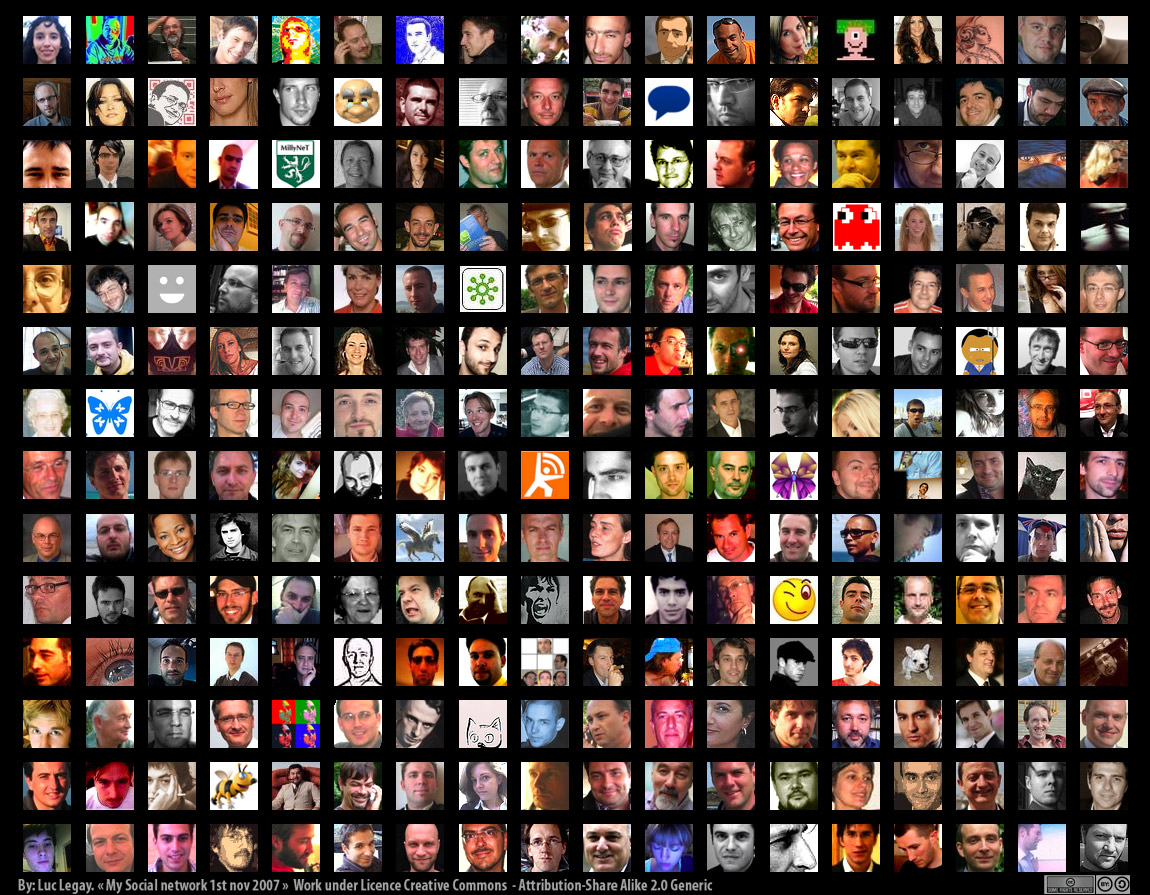 Photo: Luc Legay from Flickr, used under a Creative Commons Share Alike 2.0 Generic Licence
Photo: Luc Legay from Flickr, used under a Creative Commons Share Alike 2.0 Generic Licence
It reminds me of an episode during the Blizzard of 1996 in Victoria BC (and by the way – yes, I do have the T-shirt).
Our local area, Saxe Point, a neighbourhood of approximately 775 homes at that time, had started to organize in the summer of 1994 and by the end of 1996 we had already provided input to the Official Community Plan consultation. Imagine over 200 responses in the early days of email and the internet. Just suffice it to say that most were obtained via individual phone interview. It was a massive effort and yielded significant results in the shaping of the community plan.
There was a local newsletter, the Saxe Point News, published and distributed entirely by volunteers that reviewed local issues and provided a forum at a time when the local council, and newspaper, were not tuned in to dissenting voices.
Community meetings, organized by the Saxe Point Residents Association, gave neighbours a chance to debate the issues and hear from others on the merits of a given zoning change or development proposal. Input was compiled, synthesized and delivered to staff and council.
The community was forming and norming.
Then, the blizzard hit – and I was reminded of the fragility of human networks.
Our street had two highly networked individuals – me, the secretary of SPRA/editor of Saxe Point News, and our neighbour Larry, who for years had delivered the newspaper in the area, collected money and got to know his neighbours.
We were the ones with 2 of the 4 snow shovels on a street of 40 homes, but more importantly, we knew the capacity of the network. Who was older and needed help. Who had young kids at home.
In short order, a division of labour was set up. The young neighbour with toddlers provided space for the older kids when they were tired of shovelling snow; the men went up to clear roofs; one older person who was not physically capable of shovelling handed out much appreciated Scotch at the end of the day. As the hours turned to days, and streets slowly cleared, communal visits were made to the grocery store. Everyone was well taken care of. No roof caved in.
And yet, a short block away, a resident was calling local radio station CFAX for help in digging off their flat roof which was in danger of collapse.
The difference in situations – 2 individuals who had taken the time to really get to know their neighbours.
Seems simple, doesn’t it? But it isn’t. I can’t even begin to imagine the hours Larry spent collecting subscription fees for the Times Colonist, connecting with his customers and neighbours. Before the Saxe Point News he used to print a small one page newsletter of his own that he left with people. When I could no longer handle the distribution of the Saxe Point News since I had taken on editorial duties – he offered to help, and recruited and maintained a network of volunteer delivery people.
He was always there shovelling snow for his older neighbours too, well in advance of the Blizzard of 1996. We got to know Larry first as a neighbour because we shared the same value of community service, and later even more when we attended the same church.
I may have been the mother of two young children with a full time job and a home to maintain, but I had been raised to give back to my community by parents who made community service a part of everything they did. So – I volunteered. With Scouts, baseball, soccer, the PAC, church etc. It didn’t seem strange or unusual to offer my help in my immediate neighbourhood. But it did take time.
Years later, when my beloved husband Yves Loran (my partner in all the activities named above) became suddenly very ill, was diagnosed with cancer, and passed away within one month, my community came forward and supported me and my two sons through the most difficult moments of our lives!
My French sister-in-law could not believe that people: walked our dog, picked the kids up from school, cooked meals, mowed the lawn, visited Yves, stayed with him over night at the hospital. To them it was a miracle. It was to me too, but it was also evidence that seeds sown can be reaped. It doesn’t take a tragedy, or minor disaster to evaluate the resiliency of your network either. Think about the last time you decided to hold a neighbourhood potluck, BBQ or garage sale. Were you successful in bringing together a maximum number of neighbours? If so, you have built a resilient community to be proud of. If not, maybe it’s time to start taking a walk in the evening, and saying “hi” to the people on your street. It’s a beginning.
A resilient network needs:
The weavers and spinners – people who can weave a web of connection, seemingly out of thin air. How do they know that John and Sally both share a passion for figure skating? Or Nancy and Ben are connecting by pig farming?
They have an insatiable appetite for the facts and trivia of people’s lives and the ability to create elaborate systems for cataloguing them. Whether in their heads, or now, aided by technology, in data bases. Without them people whether near or far would take considerably more time to connect.
The prophets and seers or vision casters
These individuals see a preferred vision of the future and their community. They may or may not have the ability to bring their vision to reality. If they are ably aided by connectors, the vision becomes reality much sooner.
Some examples – Jules Verne, Guy Dauncey, Roger Colwill
The activists and explorers
Take the vision and do something about it. Mobilizing forces (again aided by the connectors). They were the crusaders of yore. They are today’s eco warriors and human rights activists. Some work on the ground, some prefer web based communities
The inventors, alchemists, scientists, tinkerers, handymen/people
We need tools for the journey to our preferred vision – at times they do not exist. These individuals help us figure out a way.
In today’s world they operate MakerSpaces, OpenData networks, participate in DemoCamps and Science Fair challenges. They create collaborative models for group participation and process.
Have an infinite ability to break things down to their components and build something even better.
The ambassadors, mediators, conciliators, diplomats, peace keepers
Two communities or peoples meet for the first time. Who will broker the agreements once the initial flush of discovery is over? The ambassadors.
Technology and non technology communities need ambassadors more than ever in order to understand one another.
Translators
While ambassadors broker the agreements, they may not speak both languages. In today’s world, for me, translators are the true digital natives. People in their 30s mostly who have been online for over 20 years.
Historians, Guardians, Protectors, Traditionalists
We move forward but must never forget what came before in our rush towards the preferred future. These people provide context and help us avoid repeating the same mistakes, over and over again. They know what has been done, what worked, what didn’t. They understand that just because it didn’t work before, doesn’t mean it will not now.
The artists, story tellers, dancers, musicians, web designers, photographers, architects
The creatives
Connect us emotionally to our lived experience. Provoke us to that higher place. Urge us forward when the going gets tough.
Today they are just as likely to be crafting the logo for a campaign against tanker traffic on the coast, as uploading You Tube videos of the earthquake in Christchurch, to retelling the story of Matthew Shepherd in LaramieWyoming.
Worker bees, followers, labourers
People happy to work on the task at hand, provided someone will ask them. In the snow this week, 4 young people throwing snowballs were more than happy to help once they were asked.
Followers and labourers need to be encouraged and appreciated. They can be mentored into many other roles. But sometimes they are just happy to be working away.
You will notice there are no kings, leaders or emperors on my list.
The structure has flattened. Roles have shifted. The emphasis increasingly in on “from the ground up” “shared leadership” “collaboration”
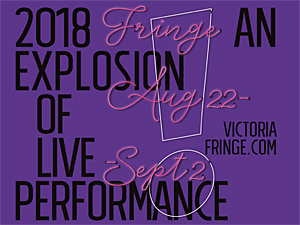
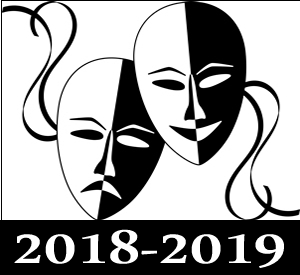

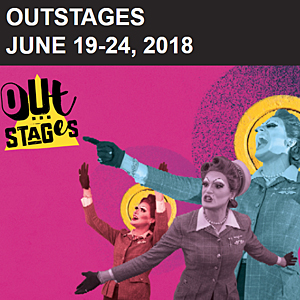
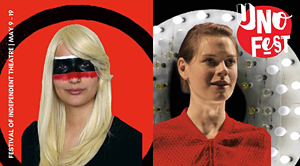
Speak Your Mind